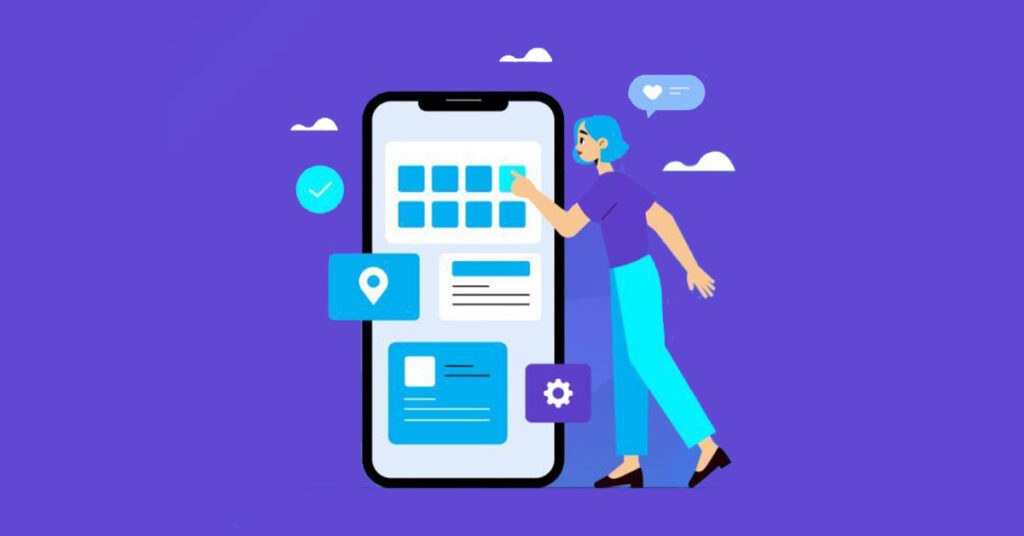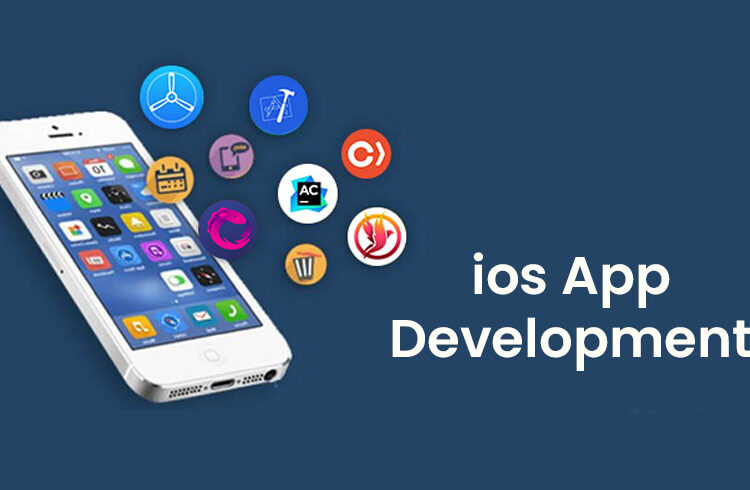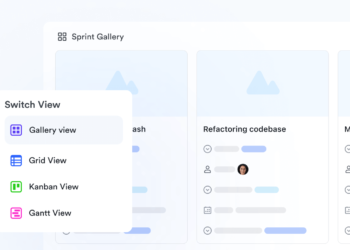AI for iOS development is transforming how we build mobile applications in 2025, accelerating everything from initial planning to final deployment. Instead of treating artificial intelligence as an add-on feature, today’s developers are leveraging AI to streamline coding workflows, automate testing processes, and create personalized user experiences that adapt in real-time. This shift turns iOS apps from static bundles of code into adaptive experiences that ship faster, perform better, and deliver measurable business value through intelligent automation and on-device machine learning capabilities.
Why Use AI for iOS Now
The iOS development landscape has evolved dramatically with tighter release cycles, widespread SwiftUI adoption, increasing device fragmentation across iPhone and iPad lineups, and rising user expectations for on-device intelligence that respects privacy. Apple announced new technologies and enhancements to its developer tools to help developers create more beautiful, intelligent, and engaging apps. Modern users expect apps that understand context, provide personalized recommendations, and deliver smart features without compromising their data privacy.
What AI Adds
AI integration brings transformative benefits that directly impact development speed and app quality:
- Faster prototyping through automated wireframe generation and UI component suggestions
- Code generation with Swift and SwiftUI patterns that follow Apple’s best practices
- Automated UI testing that adapts to interface changes without constant maintenance
- On-device inference for personalization that keeps user data private and secure
- Smarter search and voice features powered by natural language processing
- Cost-aware backend orchestration that optimizes API calls and reduces infrastructure expenses
High-Impact Use Cases You Can Ship Fast
The most successful AI implementations in iOS development focus on realistic, quarter-sized wins that integrate seamlessly with existing technology stacks. Rather than attempting massive overhauls, smart development teams target specific user journeys where AI delivers immediate, measurable improvements. These focused implementations build confidence, prove ROI quickly, and establish patterns for larger initiatives.

Quick-Win Patterns
Here are proven scenarios grouped by implementation complexity and business impact:
- In-app assistants and semantic search: Transform static knowledge bases, FAQs, and help content into conversational experiences with offline hint systems
- Content and UX automation: Generate copy variants for A/B testing, create localization drafts, and automatically generate accessibility text for improved inclusivity
- Vision and audio features: Implement object detection for camera features, content summarization for long-form text, and automatic caption generation for media
- Smart notifications and feed ranking: Deploy intent-aware content sorting, intelligent notification throttling, and personalized content recommendations
- QA and release hygiene: Automate test scaffold generation, crash report summarization, and changelog draft creation for streamlined release processes
Tooling & Architecture for 2025
A pragmatic AI-powered iOS development stack in 2025 centers on Swift and SwiftUI for on-device features, complemented by a lightweight backend architecture that handles data retrieval and implements safety guardrails. The most effective implementations use CI/CD pipelines with automated quality checks that validate both traditional code and AI-generated outputs. For teams seeking rapid prototyping and production deployment without heavy custom integration work, centralized API solutions can streamline model access and prompt orchestration across multiple AI providers like Jadve AI .
Workflow: From Idea to App Store
Successful AI-powered iOS development requires a repeatable methodology that minimizes rework while maintaining code quality standards. This systematic approach ensures that AI features enhance rather than complicate the development process. Teams that follow structured workflows consistently deliver higher-quality applications with fewer post-launch issues and reduced technical debt.
8-Step Delivery Loop
This proven methodology transforms ideas into App Store-ready applications:
- Define a single user journey with clear success metrics and measurable outcomes
- Create wireframes in Figma that map user flows and identify AI integration points
- Generate Swift/SwiftUI scaffolds using AI tools and immediately add corresponding unit tests
- Set up retrieval systems for documentation, FAQs, and policies alongside evaluation datasets
- Implement on-device inference wherever possible to maintain privacy and reduce latency
- Run automated UI and unit tests with prompt validation checks integrated into CI pipelines
- Instrument comprehensive analytics and implement transparent privacy notices
- Stage rollout with feature flags and establish feedback collection mechanisms for continuous improvement
Prompt & Model Patterns That Keep You Sane
Maintaining code quality and preventing regressions in AI-powered applications requires the same discipline applied to traditional software development. Reusable prompt structures and systematic evaluation processes prevent the chaos that often accompanies rapid AI feature development. Teams that establish these patterns early avoid the technical debt that accumulates when AI implementations lack structure and consistency.
Reusable Patterns
These battle-tested prompt architectures ensure reliable, maintainable AI features:
- Task card format: Define clear role, specify inputs and constraints, establish expected JSON output structure
- Guardrailed chat system: Implement system policies, define retrieval scope boundaries, establish refusal rules for inappropriate requests
- Evaluator prompts: Create acceptance criteria for outputs including length limits, tone requirements, and PII protection rules
Privacy, Safety & Compliance
App Store review processes, data minimization requirements, and user trust considerations demand robust privacy and safety implementations from day one. Apple’s guidelines increasingly scrutinize apps that collect unnecessary data or implement AI features without transparent user consent. Building compliance into the foundation rather than retrofitting it later saves significant development time and reduces rejection risk.

Guardrails to Apply
Essential protection mechanisms for production AI features include:
- On-device inference prioritization to minimize data transmission and enhance privacy
- PII redaction at source before any data processing or logging occurs
- Transparent consent flows that clearly explain AI feature benefits and data usage
- Content filtering systems that prevent inappropriate or harmful outputs
- Prompt and response logging using hashed identifiers without storing raw PII
- Rate limiting and circuit breakers to prevent abuse and manage costs
- Rollback plans for immediate feature disabling when issues arise
- Incident postmortems that capture learnings and improve future implementations
Measuring Impact That Leadership Trusts
Executive stakeholders need concrete business metrics rather than technical AI performance scores to justify continued investment in AI features. Successful AI implementations tie directly to revenue, user engagement, and operational efficiency improvements. Teams that establish these connections early secure ongoing support and resources for expanded AI initiatives.
KPIs & Experiments
Track these business-focused metrics to demonstrate AI feature value:
- Feature adoption rates across user segments and device types
- Task completion time improvements for key user workflows
- Retention metrics including Day 1, Day 7, and Day 30 user return rates
- Crash-free session percentages to ensure AI features don’t degrade stability
- Customer satisfaction scores specifically for in-app help and AI-powered features
- Search zero-result rates for improved content discovery experiences
- Revenue and upgrade lift attributed to personalization and recommendation features
Always implement A/B testing or staged rollouts with statistical significance validation to ensure reliable measurement and avoid false conclusions about feature performance.
Shipping & App Store Readiness
Apple’s App Store guidelines and performance expectations require careful attention to offline functionality, privacy disclosures, and user experience consistency. AI features must degrade gracefully when network connectivity is poor and provide clear fallback experiences when models are unavailable. Proactive compliance with these requirements prevents costly rejection cycles and accelerates time-to-market.
Submission Checklist
Ensure these elements are complete before App Store submission:
- Offline behavior clearly defined with graceful degradation when AI services are unavailable
- Privacy nutrition labels updated to reflect all AI-related data collection and processing
- Clear error and fallback UX that maintains usability when AI features malfunction
- Reproducible demo content that showcases AI capabilities during App Store review
- Accessibility verification including VoiceOver compatibility and Dynamic Type support
- Battery and latency budgets met across target device ranges and iOS versions
- Human-readable release notes that explain AI feature benefits without technical jargon
Conclusion
AI for iOS development in 2025 succeeds through disciplined workflows that prioritize small, measurable use cases over ambitious moonshot projects. The most effective teams implement robust guardrails for privacy and safety while establishing evaluation pipelines that treat prompts with the same rigor as traditional code. Smart development organizations pilot single user journeys, prove concrete value within 60-90 day cycles, and scale only features that demonstrably move business metrics. This methodical approach transforms AI from experimental technology into a reliable competitive advantage that delivers sustained user value, business growth, and helps platforms like pinay flex new viral maintain ongoing relevance.






